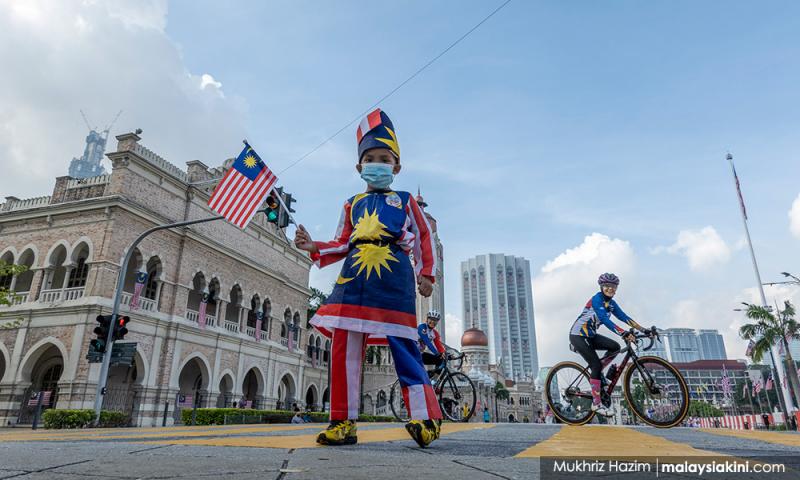HISTORY | The journey from ‘Malay’ to ‘Malaysia’
HISTORY: TOLD AS IT IS | Every year on Sept 16, Malaysia Day commemorates the 1963 union of East Malaysia (Sabah and Sarawak) with the Federation of Malaya, now commonly referred to as West Malaysia. If 1957 marked the birth of Malaya as a sovereign state, 1963 marked the birth of Malaysia as we know it today.
But the nomenclature ‘Malaysia’ was not coined in that year. It was not even coined in 1937 by Harvard University professor Rupert Emerson in his book ‘Malaysia: A Study in Direct and Indirect Rule’, as it is commonly believed. The term ‘Malaysia’ was already popular in the 19th century, and was even used as a title of a book published in 1839. This may come as a surprise as it is a little-known fact. First and foremost, however, we should look into the evolution of Malaysia's roots.
Most scholars agree that ‘Malaysia’ is derived from ‘Malay’, the dominant Malay speaking ethnic group that populated much of Sumatra and the other islands of the Malay Archipelago. This claim is convincing enough. The Malays had lived in the area for well over 300 years. And the Malay language was the lingua franca of the region beginning in the 14th century or earlier, serving as a trading language for regional and foreign-language speakers. The ethnonym ‘Malay’ or ‘Melayu’, on the other hand, is thought to have originated in Sumatra’s Sungai Melayu, according to the epic ‘Sejarah Melayu’ or the ‘Malay Annals’.
‘Malay’ is the root term of ‘Malaya’, which was widely used throughout the 18th and 19th centuries. Malaya was the name given to the Malay Peninsula, as well as the neighbouring islands of Penang and Singapore. There are several different interpretations on the origins of the word ‘Malaya’.
According to some scholars, the name is a combination of the Tamil words...
RM12.50 / month
- Unlimited access to award-winning journalism
- Comment and share your opinions on all our articles
- Gift interesting stories to your friends
- Tax deductable

 Sivachandralingam Sundara Raja
Sivachandralingam Sundara Raja